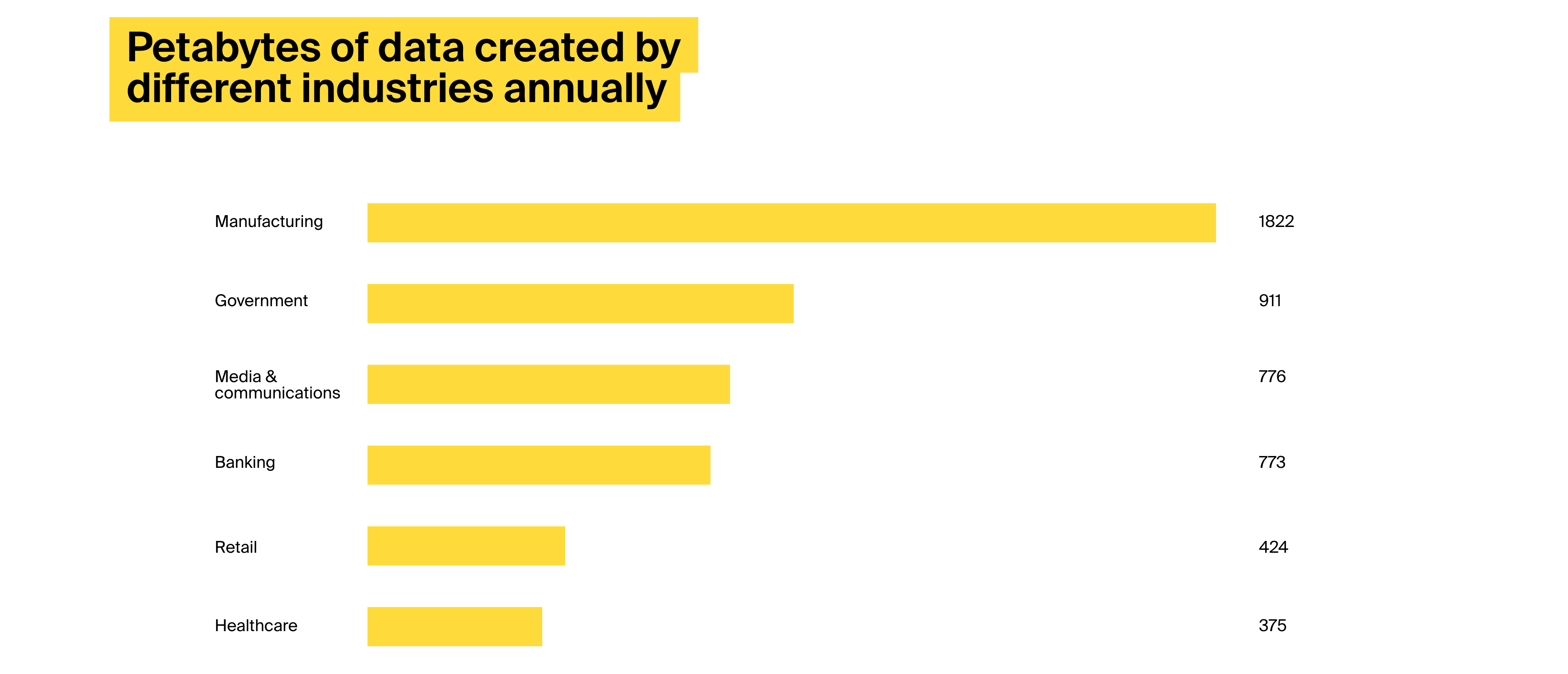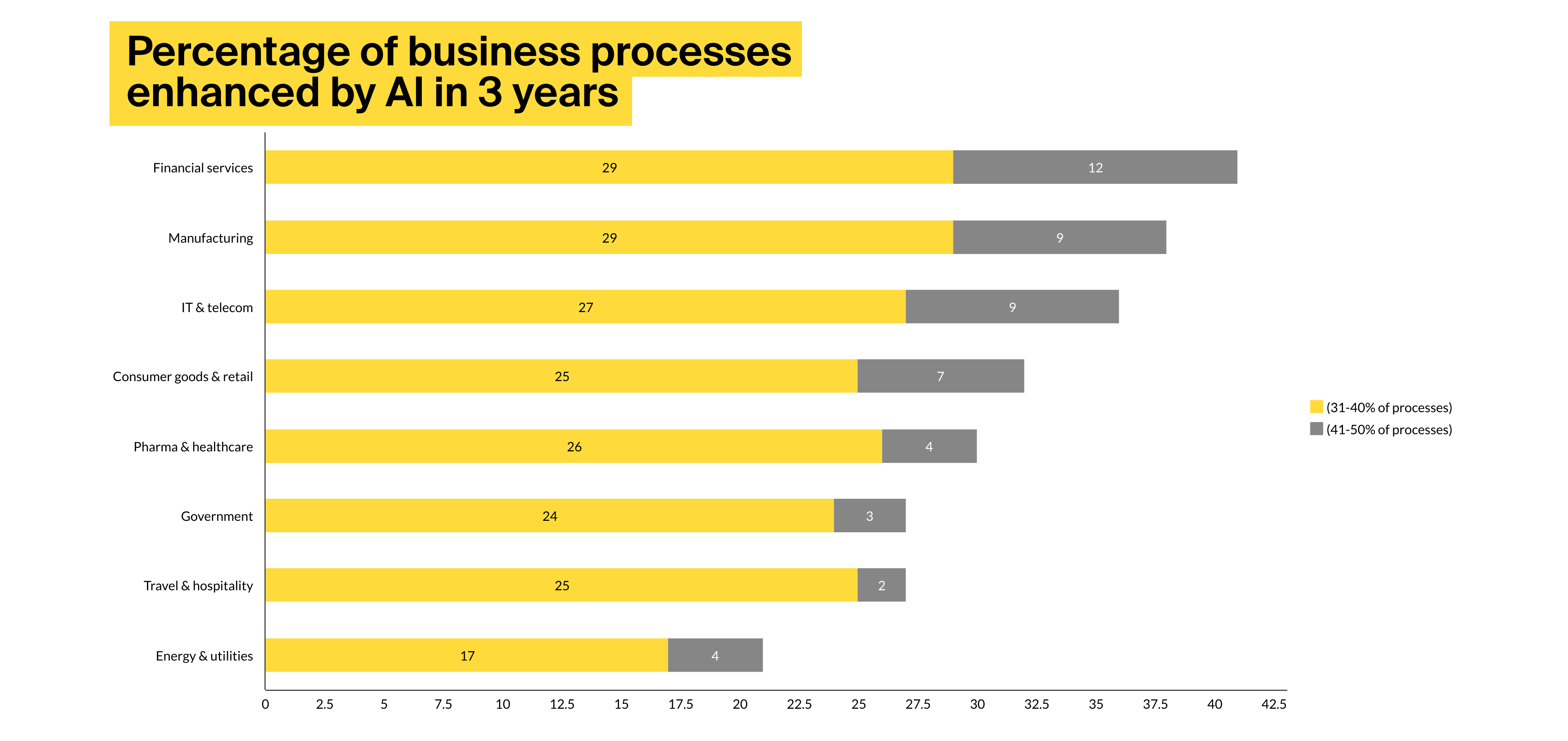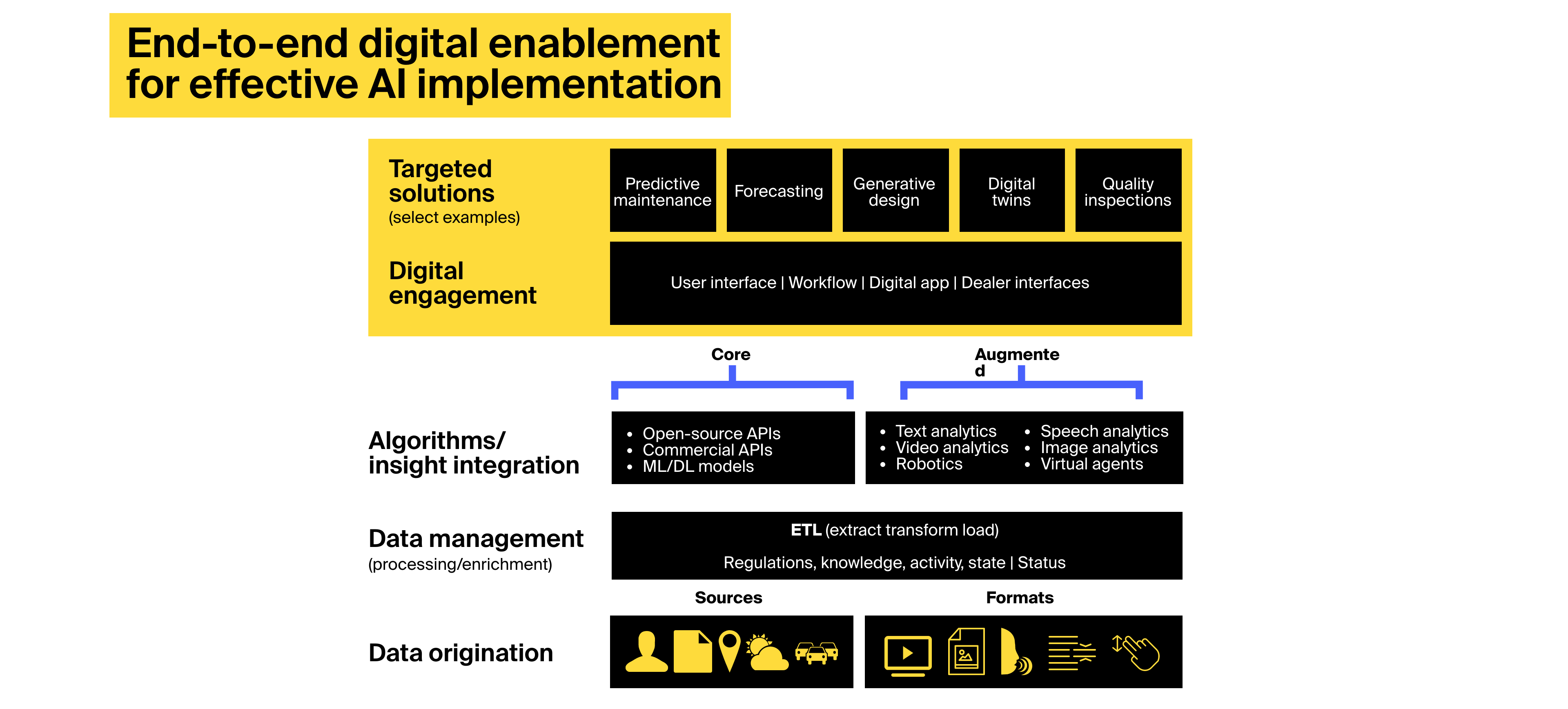Forecasting prices of raw material
Raw materials costs are volatile in nature. When manufacturers have this information in advance, they can adapt their operations to minimize expenses.
A UK-based startup
ChAI uses machine learning to forecast price fluctuation of raw materials, such as aluminum, oil, and copper, among others. The company was founded in 2017, and it
secured €1.5 million in seed financing in 2020. ChAI targets Fortune 100 companies, including manufacturers, who rely on these materials as a part of their supply chain.
Predicting demand
AI analyzes behavioral patterns, socioeconomic data, location, and weather forecast to determine which products will be in demand, allowing manufacturers to focus on what matters and cease producing items that no one would purchase. AI can even predict which product will be a hit before they go to the market.
Danone deploys machine learning in manufacturing to foresee variability in demand and adjust its production plan accordingly. Thanks to this approach, the company
decreased its lost sales by 30%.















